The Calathea Orbifolia, admired for its striking foliage and air-purifying qualities, is a popular houseplant. However, its delicate nature demands attentive care, particularly in arid climates. Improper watering practices can quickly lead to root rot, a common and potentially fatal issue. This article will guide you through the essential watering secrets to safeguard your Calathea Orbifolia and ensure its health in dry environments.
The Challenge: Arid Climates and Root Rot Vulnerability

Arid climates are characterized by high temperatures, low humidity, and intense sunlight. These factors contribute to rapid soil drying, tempting plant owners to overcompensate with excessive watering. However, this overwatering creates waterlogged conditions, depriving roots of vital oxygen and fostering fungal growth, ultimately leading to root rot.
The Fundamental Principle: Water Only When Necessary
The primary defense against root rot in arid climates is to avoid overwatering. Allow the top inch or two of soil to dry before watering again. This can be easily determined by inserting your finger into the soil. If it feels dry, it's time to water.
Also Read- Calathea Orbifolia: Watering Tips For UAE's Hot Summers
Watering Frequency: Adapting to Arid Conditions

In arid climates, you'll likely need to water your Calathea Orbifolia more frequently than in humid environments. However, the watering schedule should always be dictated by the soil's moisture level, not a fixed routine. During hotter periods, you may need to water every few days, while cooler periods will allow for longer intervals.
The Right Technique: Thorough and Even Hydration
When watering, thoroughly saturate the soil until water drains from the pot's drainage holes. This ensures even hydration and helps flush out accumulated salts. Avoid letting the plant sit in standing water, as this creates a breeding ground for root rot.
Humidity Management: Counteracting Dry Air
Calathea Orbifolia thrives in high humidity, which is often lacking in arid climates. To mitigate this, use a humidifier, place the plant on a pebble tray filled with water, or group it with other humidity-loving plants. Misting the leaves can offer temporary relief but doesn't replace consistent humidity.
Also Read- Calathea Orbifolia: The Prayer Plant With Stunning Foliage
Choosing the Right Pot and Soil: Drainage is Crucial

In arid climates, a pot with adequate drainage holes is essential. A well-draining soil mix is equally important. A blend of potting soil, perlite, and orchid bark provides optimal aeration and drainage.
Recognizing Root Rot: Early Detection is Key
Early detection of root rot greatly improves your plant's survival chances. Watch for signs like yellowing or browning leaves, wilting, and a foul odor from the soil. If suspected, remove the plant, trim affected roots, and repot in fresh, well-draining soil.
Adapting to Seasonal Changes: Adjusting Watering Routines
Arid climates can experience significant temperature and humidity fluctuations throughout the year. Adjust your watering routine accordingly. During cooler periods, when evaporation is slower, reduce watering frequency.
Leveraging Available Resources: Finding the Right Products
Local nurseries and garden centers in arid regions often carry specialized soil mixes, pots, and humidity control devices. Utilize these resources to provide optimal care for your Calathea Orbifolia.
Also Read- Prosperity & Blessings: How To Nurture Your Money Plant During Ramadan
Embracing the Climate: A Rewarding Experience
While growing Calathea Orbifolia in arid climates presents challenges, it's a rewarding endeavor. By understanding its needs and adapting your care routine to the specific environment, you can enjoy the beauty and benefits of this exceptional houseplant. Remember, careful observation and adaptation are the keys to successful plant care in any climate.


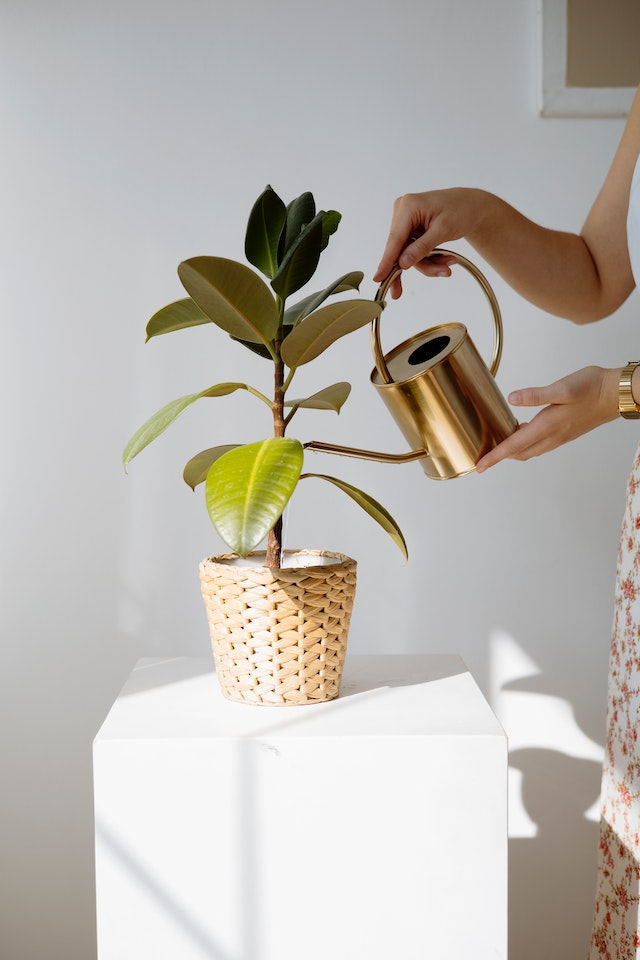
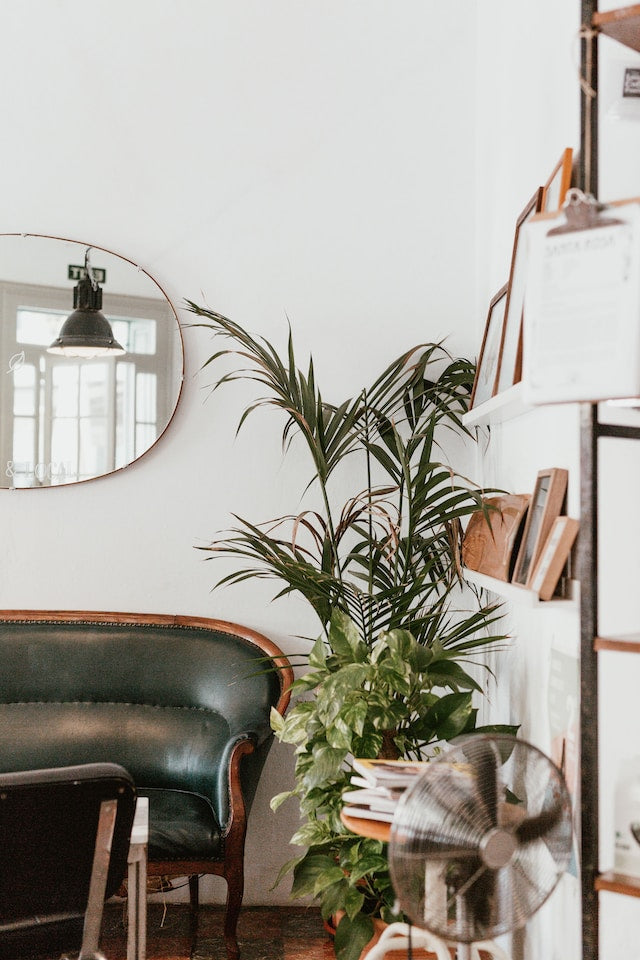
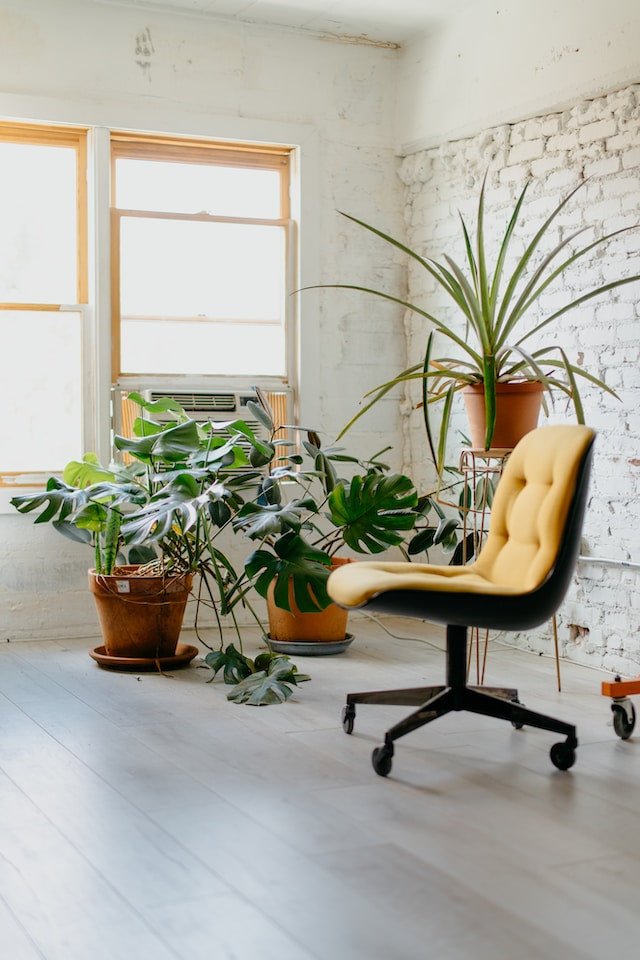
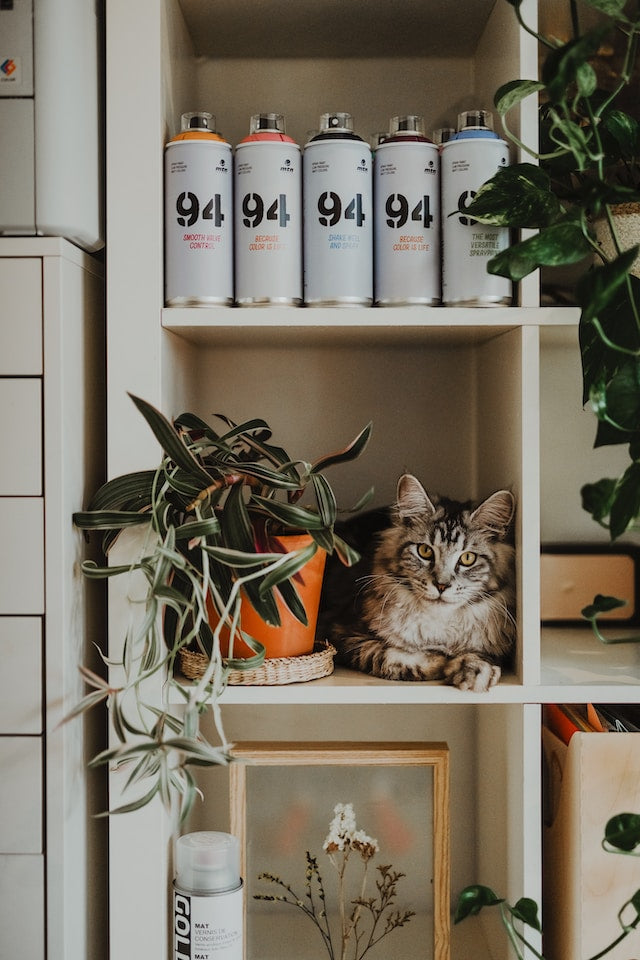

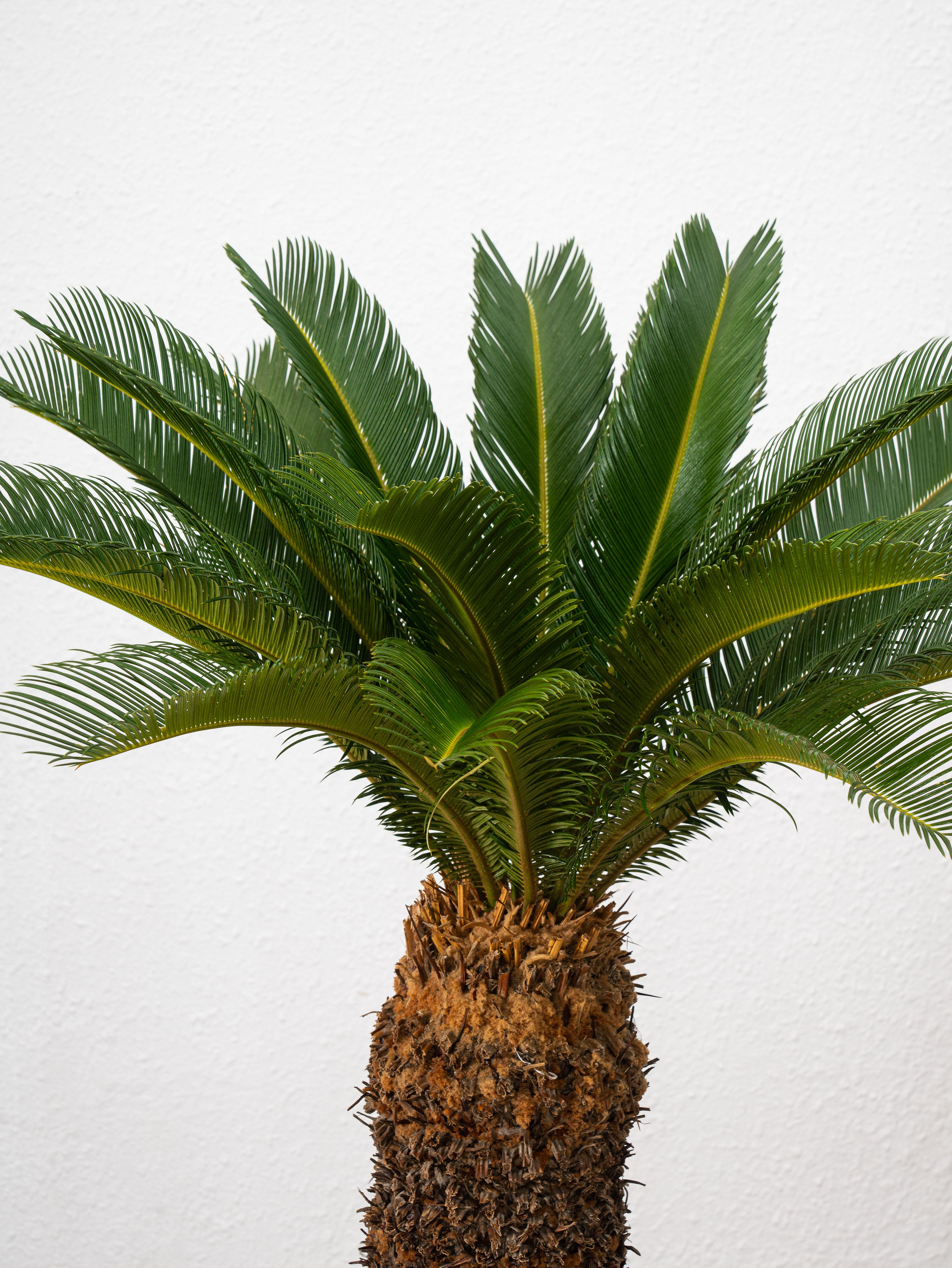
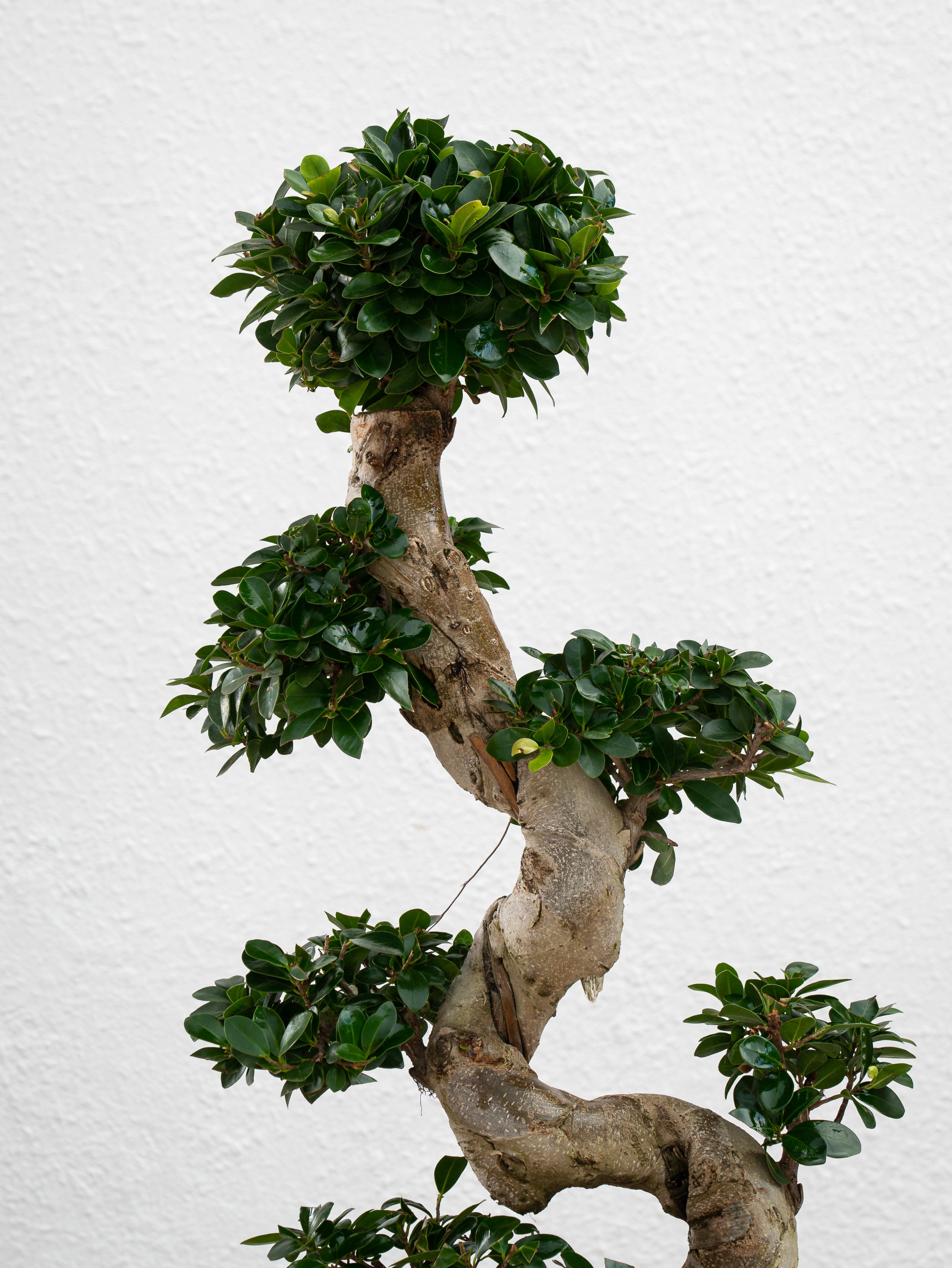

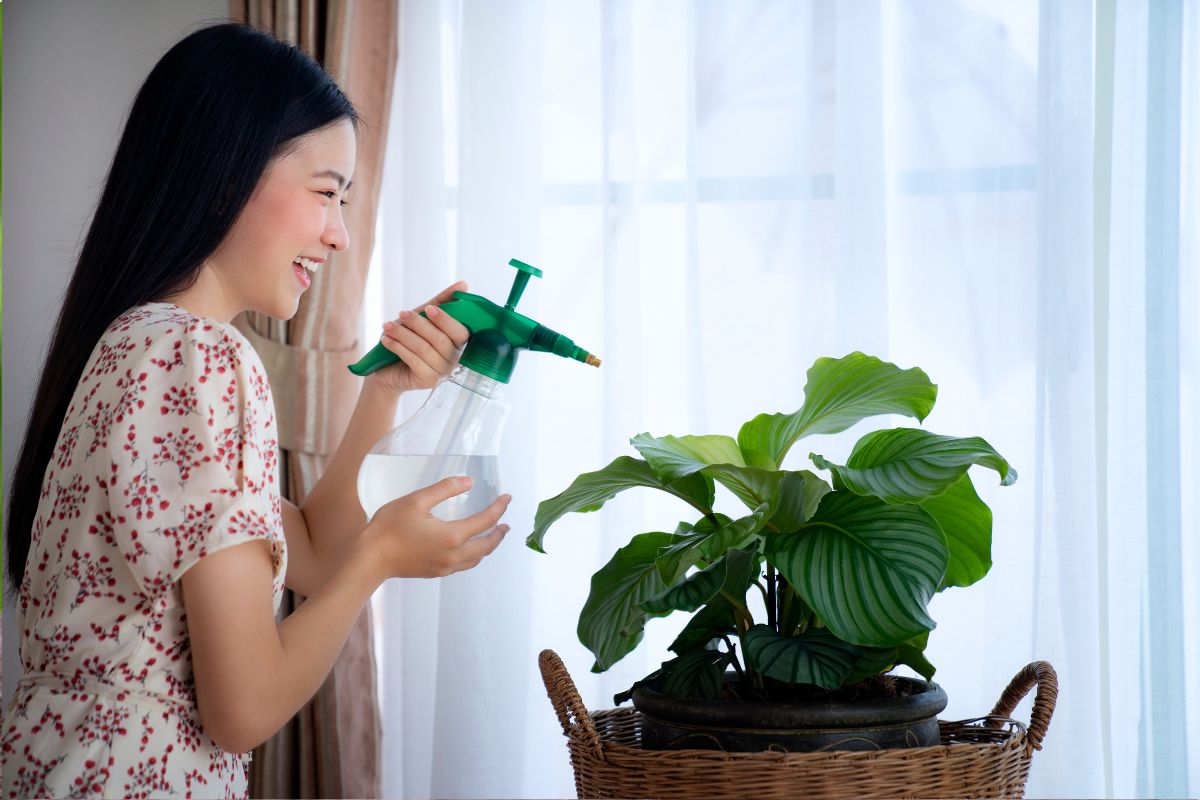
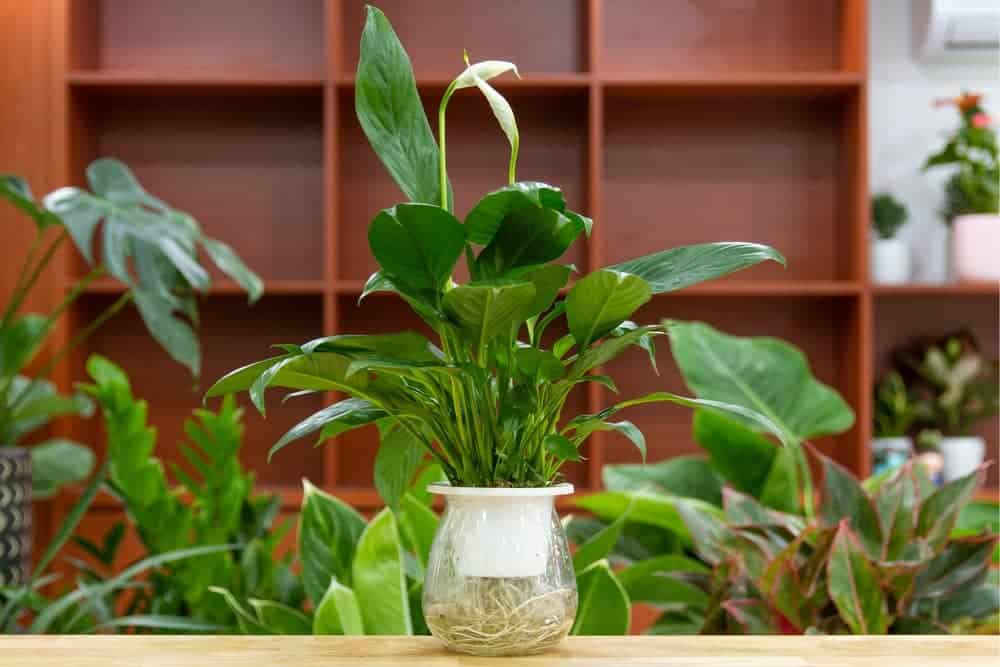
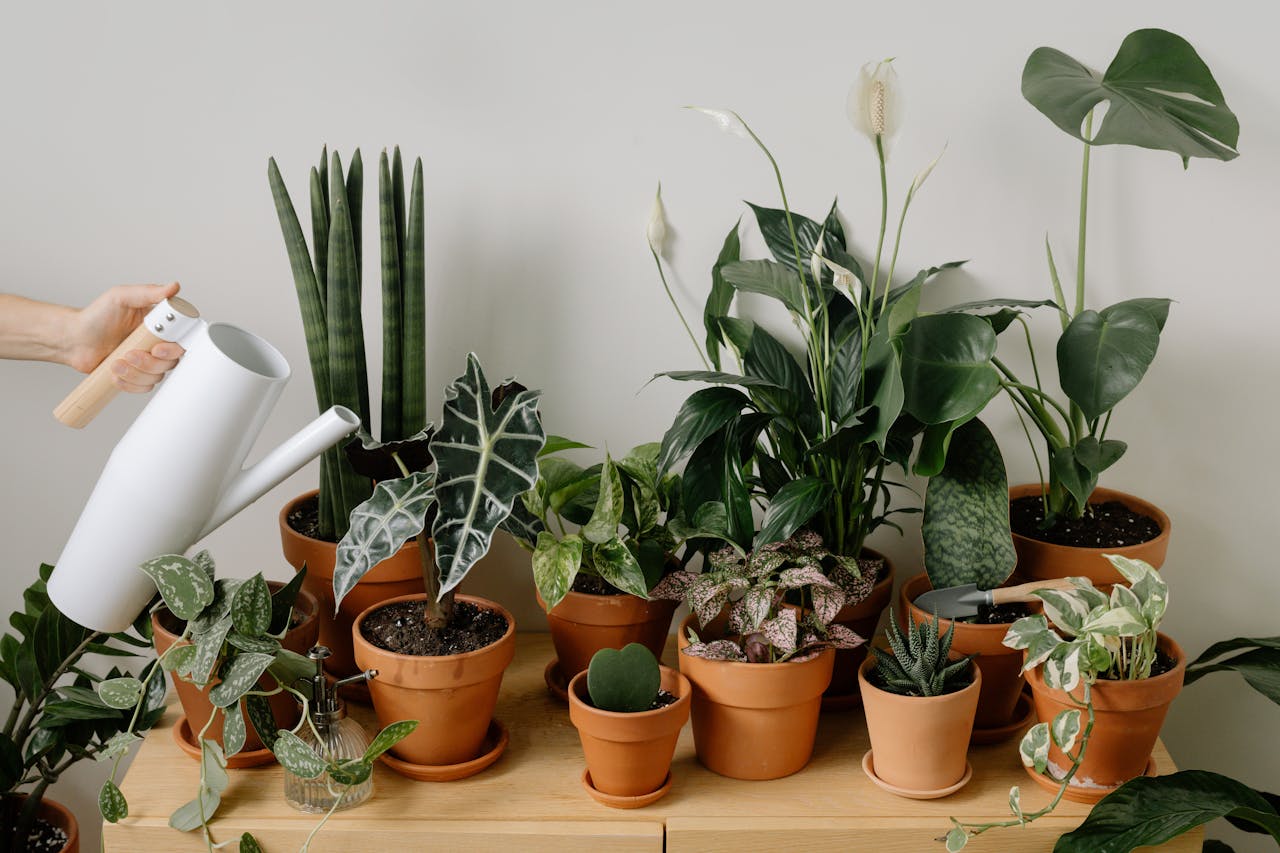
Leave a comment
This site is protected by hCaptcha and the hCaptcha Privacy Policy and Terms of Service apply.